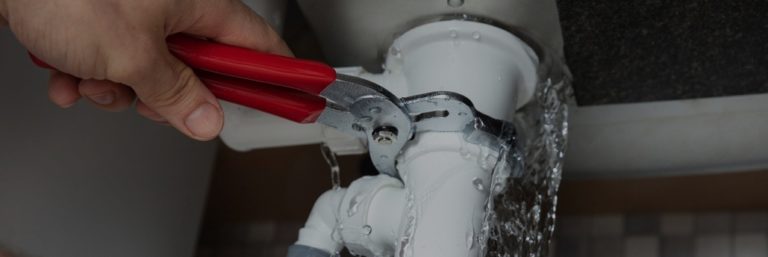Just how to Examine If Your Home Has a Concealed Leakage
Just how to Examine If Your Home Has a Concealed Leakage
Blog Article
Are you currently searching for resources concerning Detecting hidden plumbing leaks?

Early detection of leaking water lines can reduce a potential calamity. Some small water leaks might not be noticeable.
1. Examine the Water Meter
Checking it is a guaranteed way that helps you discover leaks. If it relocates, that indicates a fast-moving leakage. This implies you might have a slow-moving leakage that might even be underground.
2. Examine Water Intake
Assess your water bills as well as track your water usage. As the one paying it, you should notice if there are any type of disparities. If you find sudden changes, in spite of your usage coinciding, it suggests that you have leaks in your plumbing system. Remember, your water bill need to drop under the same array each month. An abrupt spike in your expense indicates a fast-moving leakage.
A stable rise every month, even with the same behaviors, shows you have a slow leakage that's additionally slowly rising. Call a plumber to thoroughly inspect your residential or commercial property, especially if you really feel a warm area on your floor with piping below.
3. Do a Food Coloring Examination
When it involves water intake, 30% originates from commodes. Examination to see if they are running effectively. Decrease specks of food color in the tank and wait 10 mins. If the shade in some way infiltrates your bowl throughout that time without flushing, there's a leak between the tank as well as bowl.
4. Asses Outside Lines
Don't fail to remember to inspect your outdoor water lines as well. Must water permeate out of the link, you have a loosened rubber gasket. One small leak can lose lots of water as well as surge your water expense.
5. Examine as well as Analyze the Circumstance
Home owners should make it a habit to inspect under the sink counters as well as even inside cabinets for any bad odor or mold and mildew development. These two warnings indicate a leakage so punctual attention is needed. Doing regular inspections, also bi-annually, can save you from a major problem.
Much more importantly, if you understand your house is currently old, keep a watchful eye on your heaters, tubes, pipes etc. Look for discolorations and damaging as a lot of pipes as well as appliances have a life span. They will likewise normally wear away due to tear as well as put on. Don't wait for it to escalate if you suspect dripping water lines in your plumbing system. Call a specialist plumber today so you don't wind up with an awful mess in your house.
Early detection of leaking water lines can reduce a prospective catastrophe. Some little water leakages might not be visible. Inspecting it is a surefire way that helps you find leakages. One tiny leakage can waste lots of water and spike your water expense.
If you think leaking water lines in your plumbing system, don't wait for it to intensify.
WARNING SIGNS OF WATER LEAKAGE BEHIND THE WALL
PERSISTENT MUSTY ODORS
As water slowly drips from a leaky pipe inside the wall, flooring and sheetrock stay damp and develop an odor similar to wet cardboard. It generates a musty smell that can help you find hidden leaks.
MOLD IN UNUSUAL AREAS
Mold usually grows in wet areas like kitchens, baths and laundry rooms. If you spot the stuff on walls or baseboards in other rooms of the house, it’s a good indicator of undetected water leaks.
STAINS THAT GROW
When mold thrives around a leaky pipe, it sometimes takes hold on the inside surface of the affected wall. A growing stain on otherwise clean sheetrock is often your sign of a hidden plumbing problem.
PEELING OR BUBBLING WALLPAPER / PAINT
This clue is easy to miss in rooms that don’t get much use. When you see wallpaper separating along seams or paint bubbling or flaking off the wall, blame sheetrock that stays wet because of an undetected leak.
BUCKLED CEILINGS AND STAINED FLOORS
If ceilings or floors in bathrooms, kitchens or laundry areas develop structural problems, don’t rule out constant damp inside the walls. Wet sheetrock can affect adjacent framing, flooring and ceilings.
https://www.servicemasterbyzaba.com/blog/how-to-detect-water-leakage-in-walls/

I discovered that page on Finding hidden leaks while doing a lookup on the search engines. Loved our article? Please share it. Let other people discover it. Many thanks for going through it.
Report this page